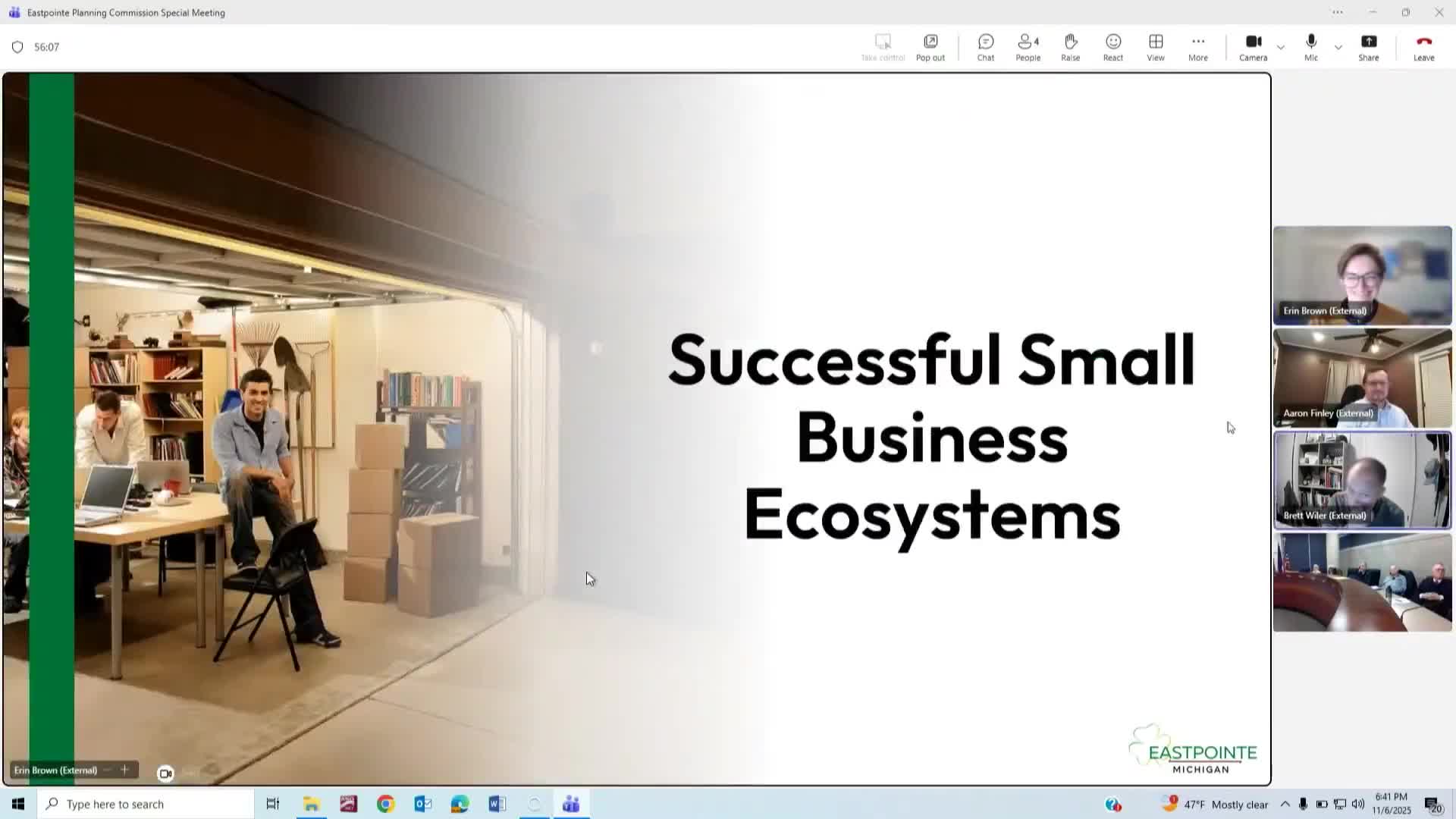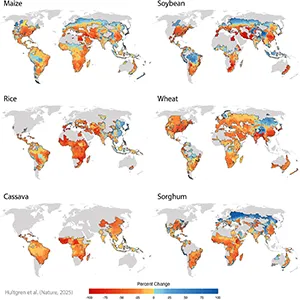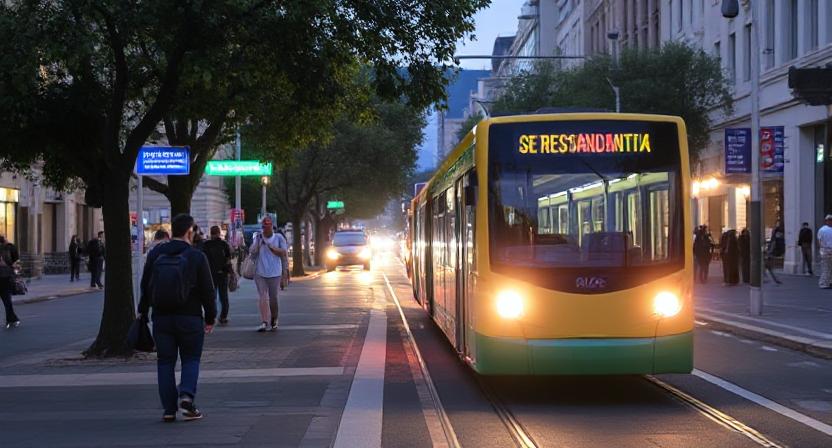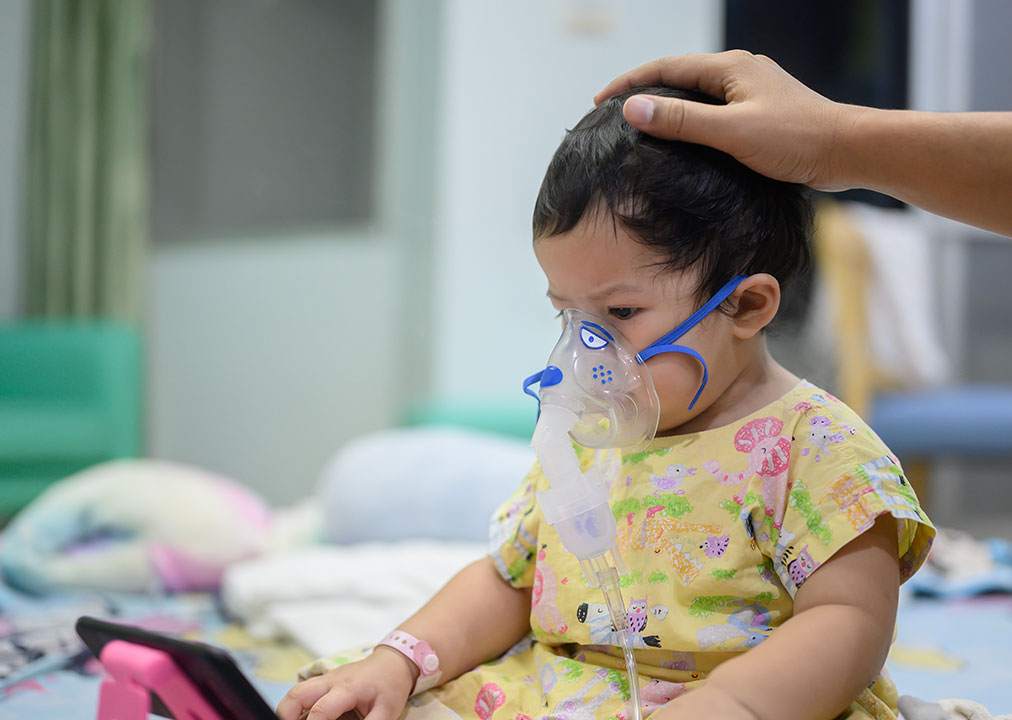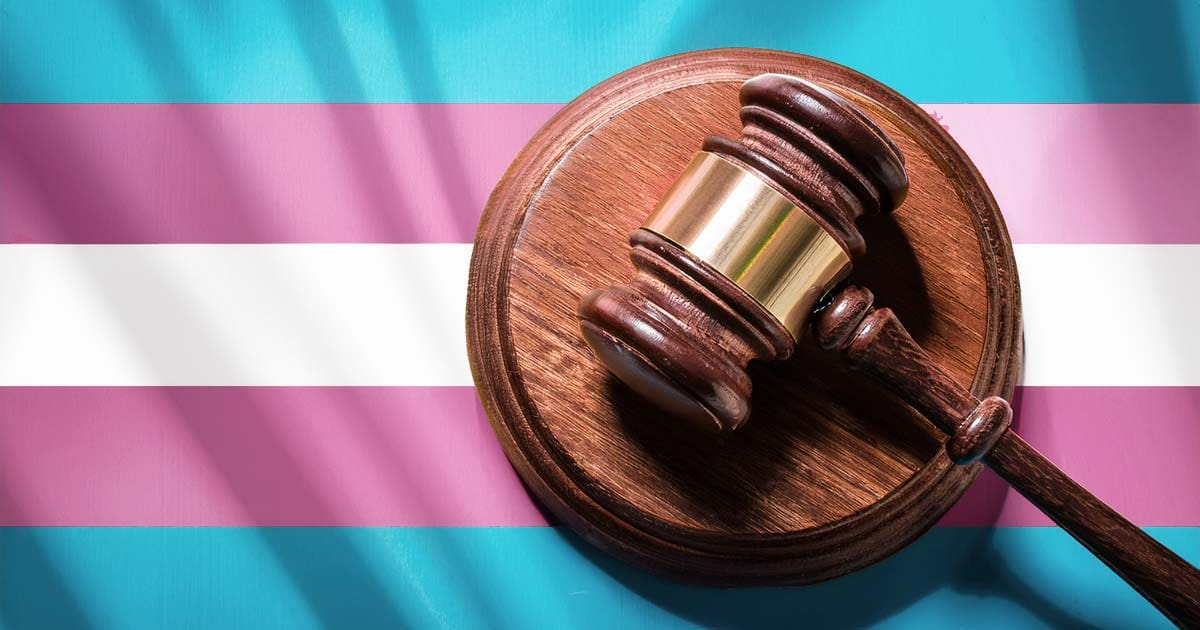Oswego County center tackles substance abuse stigma with unique approach – WSTM

Community Initiative in Fulton Addresses Substance Abuse Crisis in Alignment with Sustainable Development Goals
Introduction
The Friends of Recovery Community Outreach Center has been established in Fulton, Oswego County, to address the escalating substance abuse crisis and its associated stigmas. This report details the center’s mission, strategies, and its direct contributions to achieving several United Nations Sustainable Development Goals (SDGs), particularly SDG 3 (Good Health and Well-being).
The initiative responds to alarming local statistics, with state data indicating an opioid overdose mortality rate of 30 per 100,000 people in Oswego County, a figure that has more than quadrupled over the past 15 years. The center’s primary objective is to provide a supportive, judgment-free environment that facilitates recovery and positive life changes.
Strategic Alignment with SDG 3: Good Health and Well-being
Target 3.5: Strengthen the Prevention and Treatment of Substance Abuse
The center’s core operations are in direct alignment with SDG Target 3.5, which focuses on strengthening the prevention and treatment of substance abuse. By offering a safe and accessible space, the facility works to reduce substance dependency and prevent overdose deaths.
Holistic and Proactive Health Strategies
The program implements a multi-faceted approach to promote mental and physical well-being, moving beyond traditional recovery models. Key strategies include:
- Creating a Judgment-Free Zone: Fostering an environment of acceptance and kindness to encourage individuals to seek help without fear of prejudice.
- Promoting Healthy Coping Mechanisms: Offering activities such as yoga, art therapy, and reading to help individuals develop healthy habits and coping strategies as alternatives to substance use.
- Resource Connection: Acting as a vital link, connecting individuals with essential resources and support systems necessary for a sustainable recovery journey.
Fostering Inclusive Communities and Reducing Inequalities (SDG 10 & SDG 11)
Eradicating Stigma to Reduce Inequalities (SDG 10)
A significant barrier to recovery is the social stigma associated with substance abuse, which creates profound inequalities in access to support and opportunities. The center directly confronts this challenge by working to normalize conversations around substance use. This effort contributes to SDG 10 (Reduced Inequalities) by ensuring that affected individuals are not marginalized but are instead supported and heard.
Building Sustainable and Resilient Communities (SDG 11)
By providing a local, grassroots support system, the center strengthens the community’s social fabric, contributing to SDG 11 (Sustainable Cities and Communities). It enhances community resilience by addressing a critical public health issue and creating a safe, inclusive space for its residents.
Call to Action and Partnership for the Goals (SDG 17)
Resource Mobilization and Community Engagement
To scale its impact, the Friends of Recovery center is actively pursuing partnerships, a cornerstone of SDG 17 (Partnerships for the Goals). This includes:
- Applying for grants to expand staffing and program offerings.
- Seeking community support through volunteerism, particularly from individuals with skills in art, yoga, or with lived experience of substance abuse recovery.
Support and Contact Information
The center encourages community members to engage with their mission. Opportunities for support and contact information are as follows:
- Address: 808 West Broadway, Fulton, NY 13069
- Phone: 315-297-4300
1. Which SDGs are addressed or connected to the issues highlighted in the article?
- SDG 3: Good Health and Well-being: The article’s primary focus is on addressing substance abuse, providing recovery support, and reducing mortality rates from drug overdoses, all of which are central to ensuring healthy lives and promoting well-being.
- SDG 11: Sustainable Cities and Communities: By establishing a “judgment-free space” and a supportive community outreach center, the initiative contributes to creating inclusive, safe, and resilient community environments for vulnerable individuals.
- SDG 17: Partnerships for the Goals: The center’s actions of “applying for grants” and “seeking community support” and volunteers exemplify the formation of civil society partnerships to achieve its objectives.
2. What specific targets under those SDGs can be identified based on the article’s content?
-
SDG 3: Good Health and Well-being
- Target 3.5: Strengthen the prevention and treatment of substance abuse, including narcotic drug abuse and harmful use of alcohol. The article directly supports this target by describing the center’s mission to “provide support and resources to those dependent on substances” and help them build “healthy coping strategies” to “reduce substance use.”
- Target 3.4: By 2030, reduce by one-third premature mortality from non-communicable diseases through prevention and treatment and promote mental health and well-being. The stated goal to “reduce these numbers” of opioid deaths directly relates to reducing premature mortality. The article cites that “30 out of every 100,000 people are dying from drug overdoses,” which the center aims to lower.
-
SDG 11: Sustainable Cities and Communities
- Target 11.7: By 2030, provide universal access to safe, inclusive and accessible, green and public spaces… The community center functions as a safe and inclusive public space for a specific vulnerable group, offering a “judgment-free space where individuals can engage in activities.”
-
SDG 17: Partnerships for the Goals
- Target 17.17: Encourage and promote effective public, public-private and civil society partnerships… The article mentions that the center is “applying for grants to hire more staff” and is “looking for volunteers,” which are clear examples of building civil society partnerships to enhance their resources and impact.
3. Are there any indicators mentioned or implied in the article that can be used to measure progress towards the identified targets?
-
For Targets 3.4 and 3.5:
- Mentioned Indicator: Mortality rate due to drug overdoses. The article provides a baseline figure: “30 out of every 100,000 people are dying from drug overdoses.” Progress can be measured by a reduction in this rate.
- Implied Indicator: Reduction in substance use. The article states a goal that individuals “won’t need to use substances as often,” implying that a decrease in the frequency of substance use is a key measure of success.
- Implied Indicator: Number of people accessing recovery services. The statement about helping “one person or a million people” implies that the number of individuals served by the center is a measure of its reach and impact.
-
For Target 11.7:
- Implied Indicator: Availability and use of the inclusive space. The existence of the center at a specific address and the call for community members to visit imply that its use by the target population is an indicator of success.
-
For Target 17.17:
- Mentioned Indicator: Number of grants applied for/secured. The article explicitly states they are “applying for grants.”
- Mentioned Indicator: Number of community volunteers. The center is actively “looking for volunteers,” making the number of people who respond a direct indicator of community partnership.
4. Create a table with three columns titled ‘SDGs, Targets and Indicators” to present the findings from analyzing the article. In this table, list the Sustainable Development Goals (SDGs), their corresponding targets, and the specific indicators identified in the article.
| SDGs | Targets | Indicators |
|---|---|---|
| SDG 3: Good Health and Well-being |
3.5: Strengthen the prevention and treatment of substance abuse.
3.4: Reduce premature mortality from non-communicable diseases and promote mental health. |
– Mortality rate from drug overdoses (Mentioned). – Reduction in substance use (Implied). – Number of people accessing recovery services (Implied). |
| SDG 11: Sustainable Cities and Communities | 11.7: Provide universal access to safe, inclusive and accessible public spaces. | – Number of people utilizing the community center (Implied). |
| SDG 17: Partnerships for the Goals | 17.17: Encourage and promote effective public, public-private and civil society partnerships. |
– Number of grants applied for/secured (Mentioned). – Number of community volunteers engaged (Mentioned). |
Source: cnycentral.com

What is Your Reaction?
 Like
0
Like
0
 Dislike
0
Dislike
0
 Love
0
Love
0
 Funny
0
Funny
0
 Angry
0
Angry
0
 Sad
0
Sad
0
 Wow
0
Wow
0





































![Lancaster homeowner’s energy-efficient renovation sparks clash over historic preservation [Lancaster Watchdog] – LancasterOnline](https://bloximages.newyork1.vip.townnews.com/lancasteronline.com/content/tncms/assets/v3/editorial/9/ed/9ed03d32-c902-44d2-a461-78ad888eec38/69050b156baeb.image.png?resize=150,75#)













